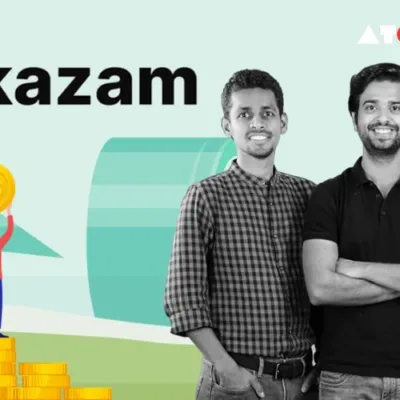Indian Stock Market Recovers Early Losses
In the early hours of trading today, the BSE Sensex and Nifty50, the primary benchmarks for Indian equities, experienced a downturn, dipping into the red. However, as the trading session progressed, both indices managed to erase these losses. While the BSE Sensex had initially dropped by over 300 points, and Nifty50 had fallen below the 22,400 mark, the market displayed resilience, bouncing back from the lows.
Market Recovery and Current Status
As of 11:34 AM, the BSE Sensex was trading at 73,963.52, marking a gain of 60 points or 0.08%. Similarly, the Nifty50 stood at 22,459.70, up by 6 points or 0.028%. This turnaround suggests a robust underlying sentiment in the Indian equity markets, despite the initial bearish trend observed at the beginning of the trading day.
Analysis and Expert Opinion
Market analysts are observing this recovery closely, emphasizing the importance of key levels such as 22,500-22,600 for the Nifty50 index. A breakthrough above these levels could potentially pave the way for further upward movements, indicating sustained bullish momentum in the market.
Siddhartha Khemka, Head of Retail Research at Motilal Oswal, highlights the possibility of a consolidation phase following the recent strong movements in the market. He points out various significant events on the horizon that might influence market dynamics in the near future.
Global Market Trends
While the Indian market exhibited resilience, global markets experienced mixed sentiments. Stocks in the United States dipped amidst concerns over the Federal Reserve delaying interest rate cuts and Tesla’s shares declining due to lower quarterly deliveries. Asian markets mirrored these losses, driven by speculations of extended higher interest rates by major central banks.
Factors Affecting Oil Prices and Currency Markets
Oil prices witnessed an upward trend due to a notable decrease in US crude inventories and escalating geopolitical tensions. Brent futures rose by 0.22% to $89.12 per barrel, reflecting the impact of these factors on the global energy market. Meanwhile, currency markets remained dynamic, with the dollar’s strength keeping the yen subdued, albeit Tokyo’s intervention threats limiting its decline.
Market Dynamics and Regulatory Measures
Hindustan Copper found itself among the stocks in the F&O ban period, triggered by breaching the market-wide position limit. Foreign portfolio investors (FPIs) continued to be net sellers for the second consecutive day, while domestic institutional investors (DIIs) bought shares worth Rs 1,953 crore. These trends underscore the intricate balance of market dynamics, influenced by both domestic and international factors.
Rupee Performance and Investor Sentiment
The Indian rupee witnessed marginal depreciation against the US dollar, closing at 83.42. This movement was influenced by a firm dollar and elevated crude prices. Additionally, FPIs increased their net short position from Rs 21,587 crore to Rs 15,427 crore, reflecting evolving investor sentiment amidst global economic uncertainties and forthcoming data releases.
The Indian stock market’s ability to recover from early losses highlights its resilience and underlying strength. While global market trends and regulatory measures continue to influence market dynamics, investors remain cautiously optimistic amidst the prevailing uncertainties. The coming days are crucial, with key levels and events likely to dictate the market’s direction.
Read more: Marketing News, Advertising News, PR and Finance News, Digital News.





